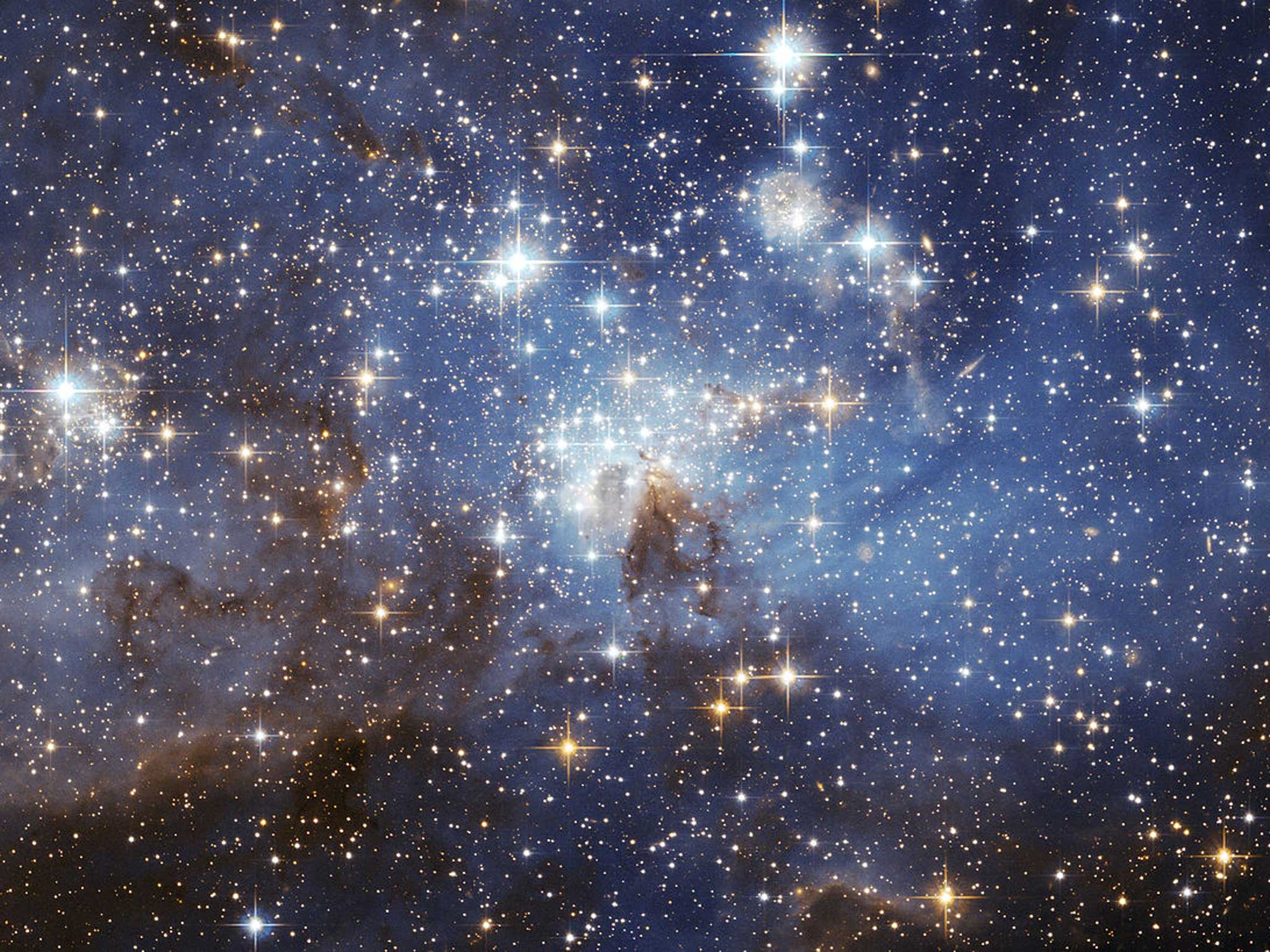Big Bang 'echoes' that proved Einstein correct might just have been space dust, admit scientists
Supposed gravitational waves may, in fact, have been caused by interference from the Milky Way

An experiment at the South Pole that was supposed to have captured indirect images of the primordial ripples in space-time created in the first fractions of a second after the Big Bang may have confused the signals from deep space with interference caused by galactic dust, scientists said.
The findings from the BICEP2 telescope in Antarctica last March created intense excitement among physicists because the results appeared to confirm the events that took place when the Universe expanded rapidly immediately after the Big Bang, during a period known as “inflation”, when the primordial ripples called gravitational waves were formed.
However, the astronomers behind the BICEP2 experiment appear to have failed to take into account the interference caused by the intervening dust from the Milky Way galaxy which may be strong enough to account for the supposed signals of gravitational waves, according to scientists working on data from another experiment based on analysing data from the Planck space telescope.
The confounding effect of galactic dust was not taken into account sufficiently enough, which raises doubts over whether the BICEP2 astronomers did after all detect the tell-tale signals of gravitational waves, said David Spergel of Princeton University, one of the co-authors of the Planck study.
“There’s no evidence for the detection of gravitational waves….It’s consistent with dust,” Dr Spergel told the journal Nature.
It is the second experiment to cast doubt on the BICEP2 findings. Other scientists who re-analysed BICEP2 data suggested that the effects of galactic dust had been underestimated.
NASA: Space in pictures
Show all 12Uros Seljak, an astrophysicist at the University of California, Berkeley, and a co-author of the latest study, said: “Based on what we know right now…we have no evidence for or against gravitational waves.”
Albert Einstein first predicted the existence of gravitational waves more than a century ago when he formulated his theory of general relativity. However, no-one has been able to detect them despite a number of elaborate experiments on earth and in space designed to do it.
The BICEP2 telescope based at the South Pole, which is often described as the closest you can be to space without leaving the ground, was designed to measure the swirly patterns of polarised radiation from within the microwave background radiation, which is the faint glow from the Big Bang that pervades the entire Universe.
By doing this, BICEP2 gave scientists a glimpse of the ripples in the fabric of space time caused during the inflationary period of rapid expansion. This led them to announce in March that they had taken the first indirect images of primordial gravitational waves created in the first fraction of a second after the Big Bang.
“Detecting this signal is one of the most important goals in cosmology today,” said John Kovac of the Harvard-Smithsonian Centre for Astrophysics in Massachusetts, a leading member of the BICEP2 team, when the results were announced.
However, the BICEP2 team is now having to revise its conclusions in the light of the finding from the Planck space telescope, which looked at another part of the sky and concluded that galactic dust could interfere with the supposed signals from the swirly “B-mode” polarised radiation of the microwave background.
“Unfortunately, the latest results complicate matters mainly because it seems that the foreground was not estimated in a proper way. What these guys in the BICEP2 team did was not to take this into account by not properly estimating its statistical significance,” said Professor Bangalore Sathyaprakash, a theoretical physicist at Cardiff University.
“It looks like doubts have been cast over the findings, but this is not the final word. What is important now is to get data in the sky from different channels because the missing thing is the lack of data to accurately estimate the foreground part of the sky and to take into account the effects of the galactic dust,” Professor Sathyaprakash told The Independent.
Subscribe to Independent Premium to bookmark this article
Want to bookmark your favourite articles and stories to read or reference later? Start your Independent Premium subscription today.

Join our commenting forum
Join thought-provoking conversations, follow other Independent readers and see their replies